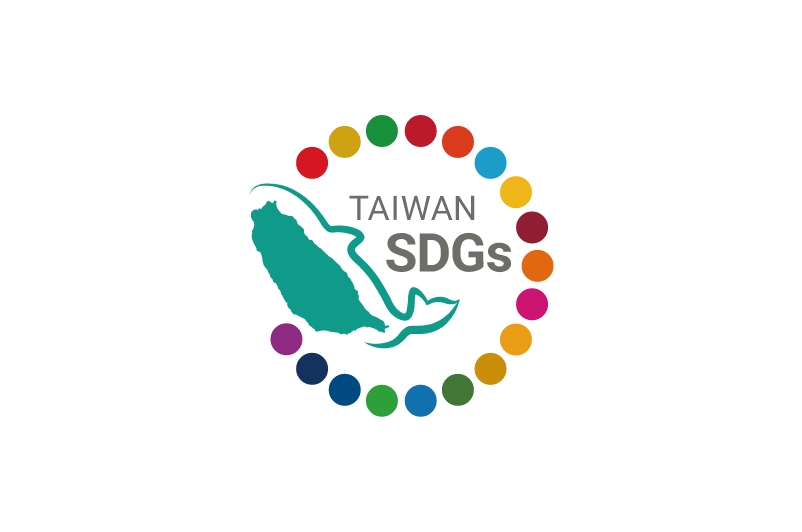
The EPA revised and announced the Volatile Organic Pollutants Control and Emission Standards for Adhesive Tape Manufacturers (膠帶製造業揮發性有機物空氣污染管制及排放標準; hereinafter referred to as the Standards) on 22 June 2022, which was then enacted on 1 July 2022. The measures are expected to reduce emissions of volatile organic compounds (VOCs) by 523 metric tons per year, which is equivalent to reducing the annual VOC emissions of an average oil refinery (821 metric tons) by over 60%.
VOCs are the precursors of ozone and fine particulate matter and one of the main causes of odor pollution. Some VOCs are also hazardous air pollutants that may cause human health impacts after long exposure. To encourage the adhesive tape industry to adopt water-based processes and to strengthen the overall control of VOCs, the EPA has revised the Standards.
The three focuses of the amendment encourage source reduction, strengthen gas collection, and tighten emission standards. More details are as follows:
1. A stipulation was added to exempt adhesive tape manufacturers that adopt water-based or solvent-free processes from these regulations once they submit supporting documents and have them approved by local competent authorities. To more clearly regulate the amount of VOCs used, the VOC content of raw materials has been included as a control threshold consideration. Manufacturers that use less than 25 metric tons of VOC-containing raw materials are also exempt from these regulations.
2. Regulations on gas collection installations were integrated. Additionally, if raw materials stored in storage tanks are on control lists, a closed gas collection installation connected to pollution control equipment shall be installed.
3. To strengthen control of VOC emissions, regulations were tightened concerning the treatment efficiency of pollution control equipment and emissions through single emission pipelines.
The EPA stressed that in addition to directly exempting water-based and solvent-free processes from the new regulations, the Standards also give adequate buffer periods to manufacturers to improve existing processes, to respond to the tightening of gas collection regulations and emission standards.
Excerpt from Major Environmental Policies, July 2022
Sources: EPA
